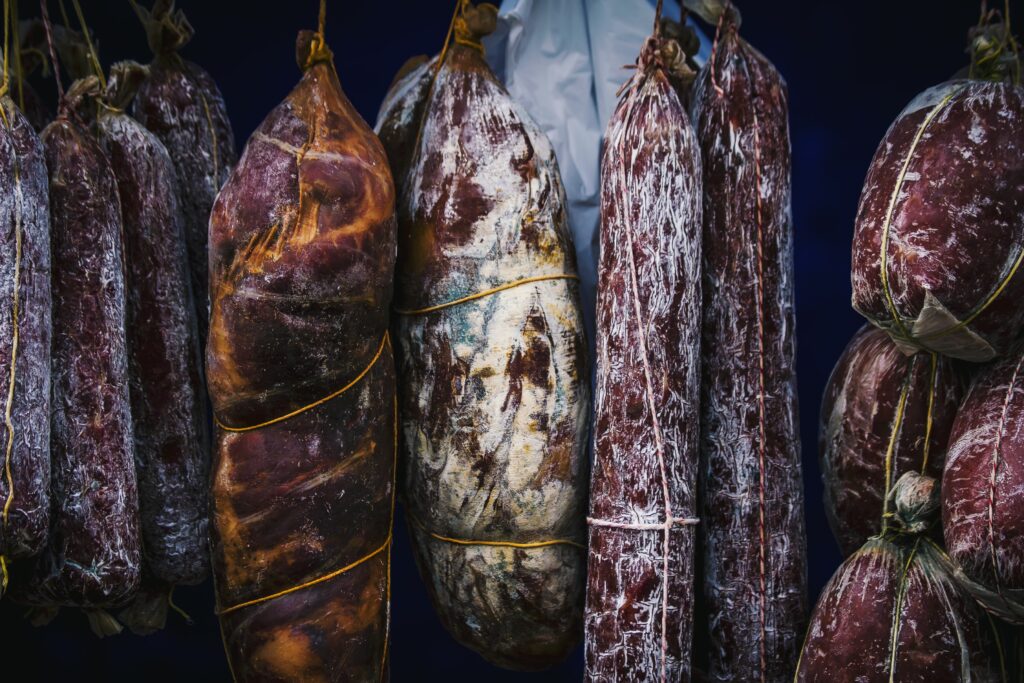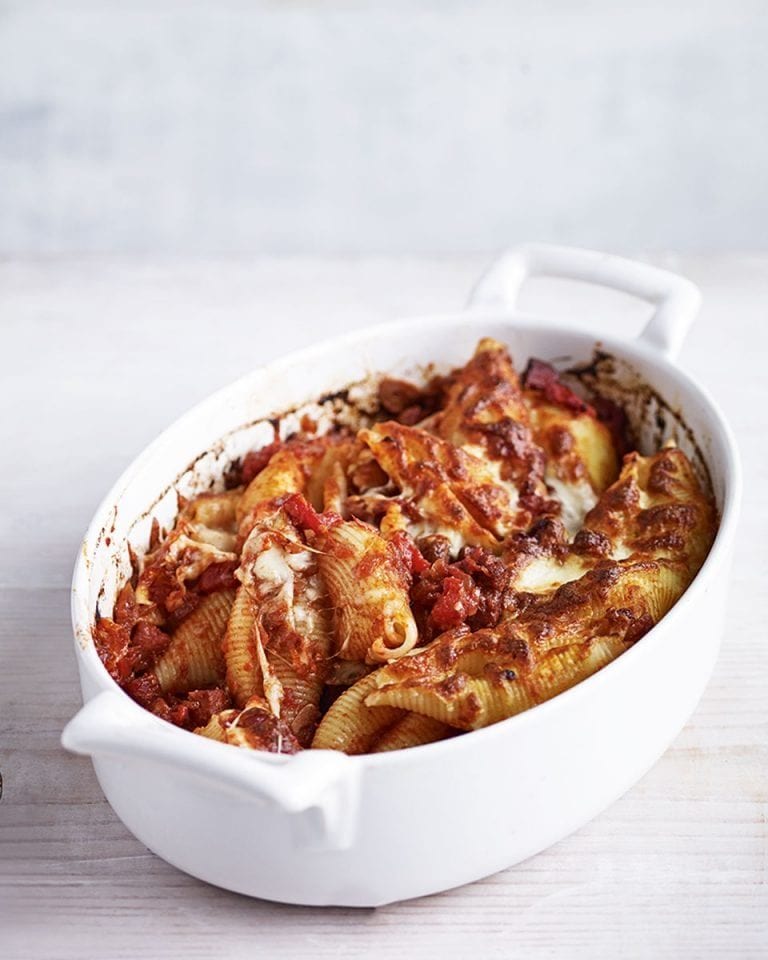
If you have seen my Theme Reveal for the A2Z Challenge 2022, then you will know that I am writing about becoming Vegetarian gradually as a response to the crisis in food supply chains sparked by the pandemic and made worse by the WAR in Ukraine. As well, I am keeping to the theme I originally planned of food which can be eaten on their own as well as becoming ingredients in other dishes…

I wrote this post in preparation for April, just about at the start of the Russian invasion of Ukraine. Since then, the knock-on effects of the WAR, have become more apparent and include the idea that meat production is going to skyrocket. I decided to broaden the scope of my theme to include moving toward more vegetarian or plant-based food in our diet which is not the same thing as full-on espousing Vegetarianism for reasons, Ethical, Environmental, or Health, but rather, an inevitable reaction to meat shortages and rising prices. So, if we must go with the vegetarian favouring times, let us go willingly, or at least without complaint, for there are those without any choice, and let us garner knowledge to make the best of the experience – and what better place to start than using tiny amounts of highly concentrated meat flavour to add to mostly plant based dishes…
This post gets to the heart of using food as an ingredient as opposed to food in it’s own right. I always keep some Chorizo (pronounced Chor – ee -tho ) in my fridge but I almost never eat it by the slice or chunk! I am not vegetarian, but I recognise the need to drastically cut down on the amount of meat produced in the world – for the sake of the environment. Meat has a richness of flavour compared to say, a lentil, especially when, as in the case of Chorizo and similarly cured sausages, it has been concentrated by the process of curing. So a good way of introducing flavour into, mainly vegetable-based dishes, whilst reducing your meat intake (a healthy idea anyway), is to add small quantities of finely chopped Chorizo to your dish. Health-wise, you are also getting some vitamin B which is missing from purely plant-based food.
There is a heath argument against cured meats on account of substances used in the curing process being carcinogenic, but we are talking about small quantities of chorizo and there are so many worse sources of danger all around us, so I am prepared to take the risk for the sake of taste. You can use other types of cured sausage, but I like the fruity, spicy flavour of Chorizo which comes from smoked pimento, and I fry it in with onions at the start of making a dish. It’s a win for flavour, for the environment, and for your personal reduction of meat intake!

The recipe above is from a site showing 41 recipes that include Chorizo as an ingredient, to a greater or lesser extent and illustrates how to incorporate it…
If you have a favourite cured meat that you use as an ingredient – please share in the comments!

